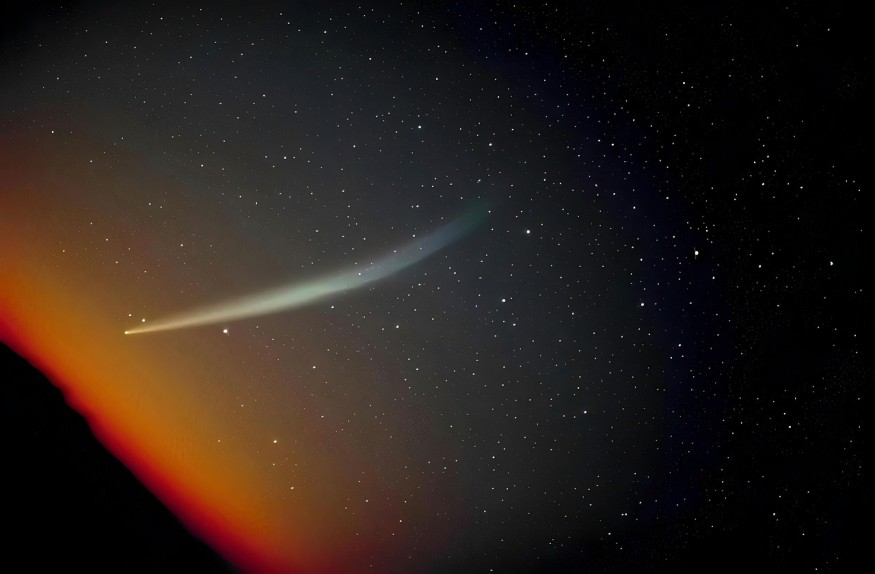A new comet has been discovered by astronomers and given the designation C/2023 A3 (Tsuchinshan-ATLAS). It is something to look forward to when it approaches the Sun at its perihelion or closest point in more than a year.
That means it will not be until 2024 when the comet will be seen shining as bright as a star. The good news is that preliminary estimations of the comet's brightness indicate that it will be dazzling.

Discovering New Bright Comet
According to the Minor Planet Center, the comet C/2023 A3 (Tsuchinshan-ATLAS) was discovered on February 22 by the Asteroid Terrestrial-impact Late Alert System (ATLAS) telescope project in South Africa.
When astronomers at China's Purple Mountain Observatory found the comet independently on January 9, both observatories are mentioned in the comet's complete name. Skywatchers throughout the world have subsequently seen it in fresh and old photos, with the first discovery being on December 12, 2022, in photographs obtained by a wide-field camera on a telescope at Palomar Observatory in California.
Meanwhile, EarthSky reports that C/2023 A3 is currently between Saturn and Jupiter, traveling at speeds of 180,610 mph (290,664 km/h) or 80.74 kilometers per second relative to Earth, and is likely to make its closest approach to Earth on October 13, 2024.
For now, the comet was still 7.3 astronomical units (AU) from the Sun and glowing at a dull magnitude of 18 when it was discovered. According to preliminary trajectory research, comet "A3" completes an orbit around the Sun every 80,660 years.
Although certain particular facts and dates may change, it looks that the closest approach to Earth will take place on October 13, 2024, at 05:38 UTC.
When Will It Shine the Brightest?
As EarthSky reports, the comet will be at its perihelion on September 28, 2024. However, this is contingent on the comet being intact. Since comets are loosely bonded balls of ice, rock, and dust, they usually fragment upon approaching the Sun and begin to heat up.
On the other hand, the comet may become visible in amateur telescopes in June 2024 before it passes between Earth and the Sun on its approach to perihelion if it does not break up. Comet C/2023 A3 will be low on the eastern horizon during the perihelion and may not be visible to many observers on Earth, Live Science reported.
But as it swings by Earth during its outbound journey into the Solar System, it may become visible. Instead, skywatchers may enjoy the view in late October when it passes past Serpens Caput and enter the Ophiuchus at night.
As viewed from Earth, astronomers say that it could be brighter than the green comet C/2022 E3 that just passed by on January 2023. They estimate that it would have a brightness of magnitude 0.7 and might peak to magnitude -5 similar to Venus at its brightest. The lower the number, the greater its brightness on the stellar magnitude scale.
Astronomers continue to observe comet C/2023 A3 as not much is known yet about it. They need more data to know the rate of the comet's chances of survival.
RELATED ARTICLE: Comet C/2022 E3 (ZTF) Briefly Developed Bizarre 'Anti-Tail' That Seems To Break Laws of Physics
Check out more news and information on Space in Science Times.












